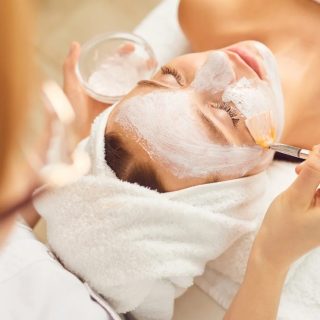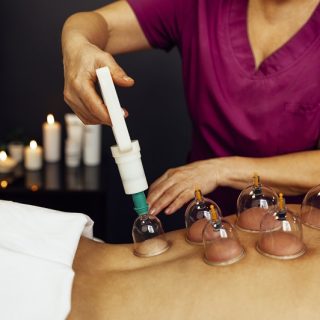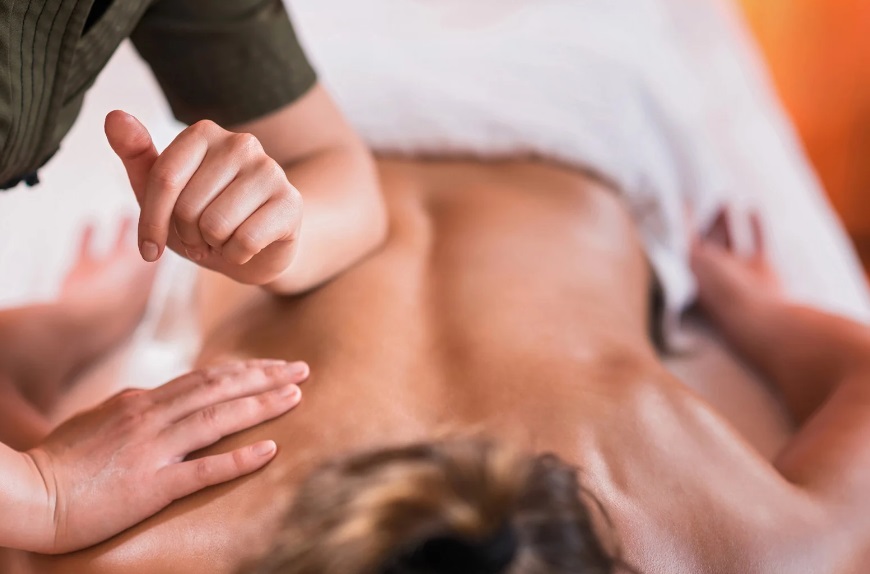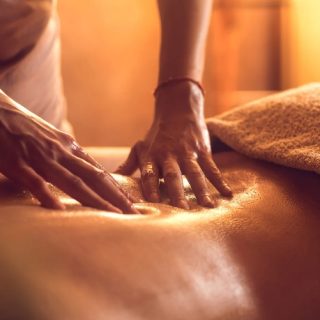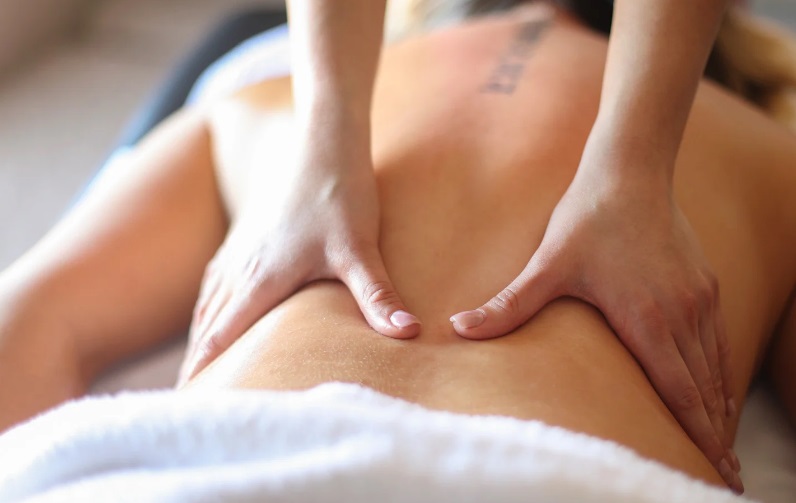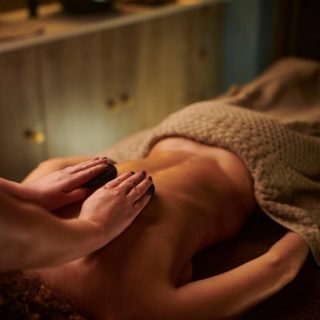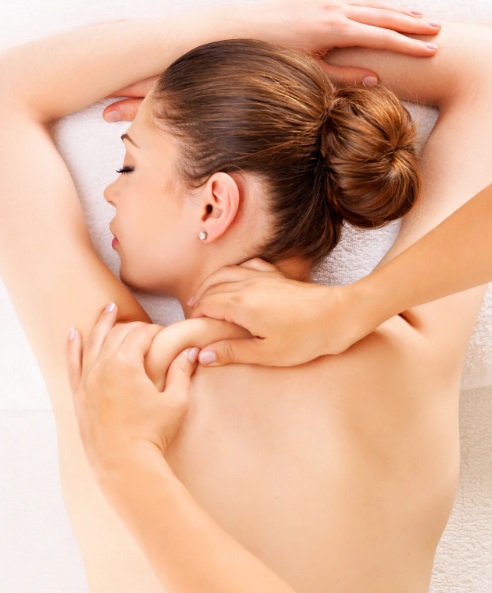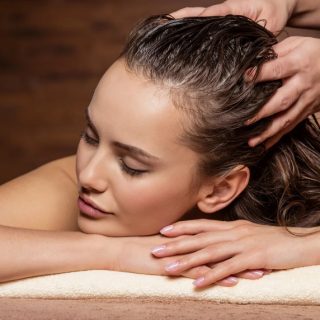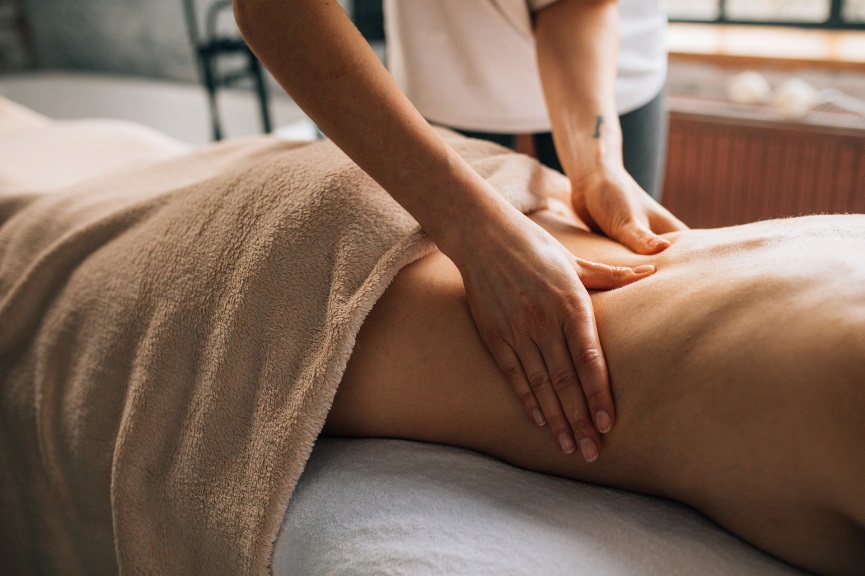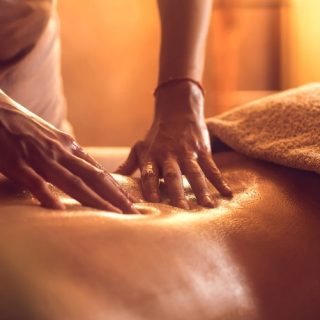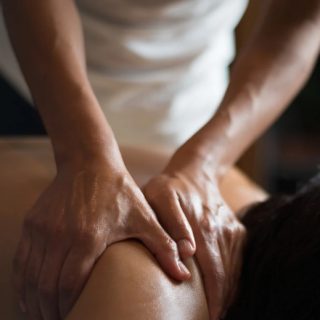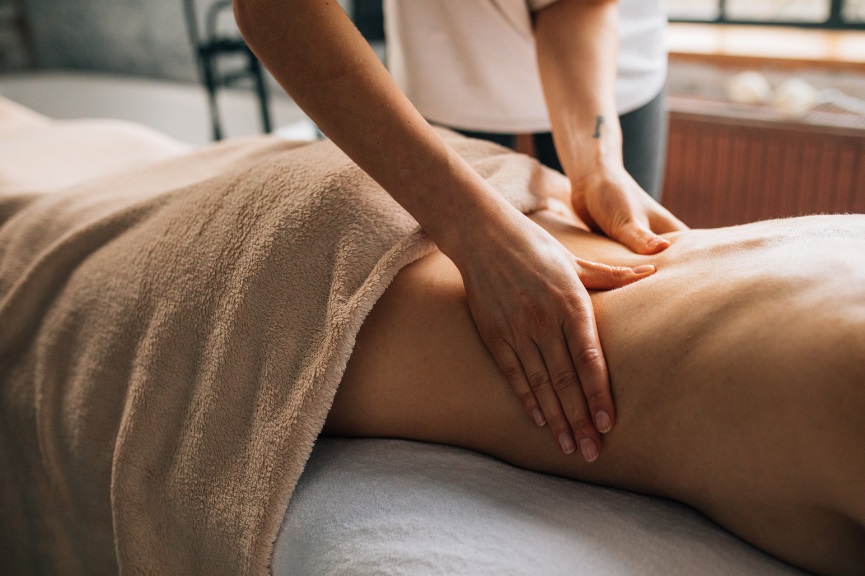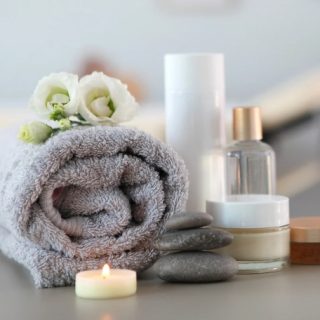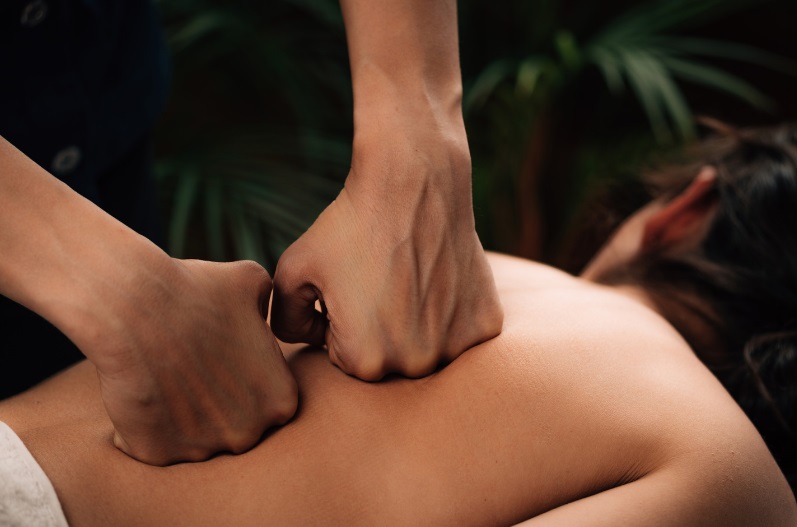Facial Treatments in Stirling, Scotland
In the heart of Scotland, amidst its breathtaking landscapes and vibrant cities, lies a growing appreciation for self-care and well-being. Facial treatments have emerged as a popular way for Scots to nurture their skin, address specific concerns, and indulge in a little pampering. From luxurious spa experiences to advanced clinical procedures, Scotland offers a diverse range of facial treatments tailored to individual needs and preferences.
The Benefits of Facial Treatments
Regular facial treatments offer a multitude of benefits that extend beyond mere aesthetic enhancements. These treatments, performed by trained skincare professionals, play a vital role in maintaining healthy, radiant skin.
Deep Cleansing: Throughout the day, our skin accumulates impurities, pollutants, and excess sebum that can clog pores and lead to breakouts. Professional facials employ specialized techniques and products to deeply cleanse the skin, removing these impurities and promoting a clearer complexion.
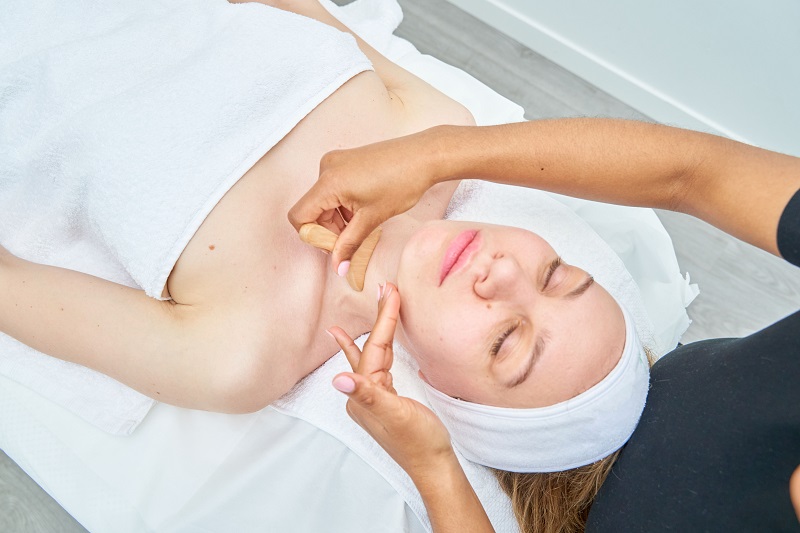
Exfoliation: The natural process of skin cell turnover can sometimes leave behind dead skin cells, resulting in dullness and uneven texture. Facial treatments often include exfoliation methods, such as scrubs, chemical peels, or dermaplaning, to remove these dead cells, revealing fresh, smoother skin and enhancing the absorption of skincare products.
Hydration and Nourishment: Dehydration can manifest as dry, flaky, and irritated skin. Facials incorporate hydrating masks, serums, and moisturizers tailored to different skin types, replenishing moisture levels and nourishing the skin with essential nutrients, leaving it plump and supple.
Targeted Treatment of Skin Concerns:
Whether it’s acne, hyperpigmentation, fine lines, or rosacea, various facial treatments are designed to address specific skin concerns. These treatments may involve specialized ingredients, techniques like extractions or LED light therapy, and personalized approaches to deliver noticeable improvements.
Anti-Aging Benefits:
As we age, collagen and elastin production naturally declines, leading to the appearance of fine lines and wrinkles. Certain facial treatments, such as microcurrent therapy, LED light therapy, and those incorporating potent antioxidants, can stimulate collagen production, improve skin elasticity, and reduce the visible signs of aging.
Improved Circulation: Facial massage, often a component of facial treatments, helps to stimulate blood flow to the skin. This increased circulation delivers oxygen and nutrients to skin cells, promoting a healthy glow and aiding in the removal of toxins.
Stress Relief and Relaxation: Beyond the physical benefits, facials offer a therapeutic and relaxing experience. The soothing environment, gentle massage techniques, and the focused attention of a skincare professional can help to alleviate stress and promote a sense of well-being.
Types of Facial Treatments Available in Scotland
Scotland’s skincare clinics, spas, and beauty salons offer a wide array of facial treatments to cater to diverse needs and preferences. Some of the popular types include:
Classic or Basic Facials: These typically involve cleansing, exfoliation, massage, a mask, and moisturizing. They are a good starting point for maintaining overall skin health and relaxation.
Deep Cleansing Facials: Focusing on thorough pore cleansing and extraction of blackheads and whiteheads, these facials are beneficial for congested or acne-prone skin.
Hydrating Facials: Designed to replenish moisture and combat dryness, these facials often feature hydrating masks, serums with hyaluronic acid, and gentle massage techniques.
Anti-Aging Facials: These treatments aim to reduce the signs of aging through collagen-stimulating techniques, antioxidant-rich products, and targeted treatments for fine lines and wrinkles.
Brightening Facials: Targeting dullness and uneven skin tone, these facials often incorporate vitamin C, enzymes, or gentle acids to exfoliate and promote a more radiant complexion.
Chemical Peels: These involve the application of chemical solutions to exfoliate the outer layers of the skin, improving texture, tone, and addressing concerns like acne, hyperpigmentation, and fine lines. Different types of peels are available, ranging from mild to deep.
Microdermabrasion: This non-invasive treatment uses a specialized device to gently exfoliate the skin’s surface, removing dead skin cells and revealing a smoother, brighter complexion.
Dermaplaning: A manual exfoliation technique that uses a sterile blade to gently remove the top layer of dead skin cells and fine vellus hair (peach fuzz), resulting in smoother, more radiant skin.
HydraFacial: A multi-step treatment that combines cleansing, exfoliation, extraction, hydration, and antioxidant protection, delivering noticeable results with minimal downtime.
LED Light Therapy Facials: Utilizing different wavelengths of light to address various skin concerns, such as acne (blue light), inflammation (red light), and hyperpigmentation (yellow light).
Luxury or Bespoke Facials: These are often highly customized treatments that incorporate advanced techniques, premium products, and longer treatment times for a more indulgent and comprehensive experience.
Choosing the Right Facial Treatment in Scotland
Selecting the most suitable facial treatment depends on individual skin type, concerns, and desired outcomes. Consulting with a qualified skincare professional in Scotland is crucial for a personalized recommendation. They will assess your skin, discuss your goals, and advise on the most effective treatment plan.
Factors to consider when choosing a facial treatment include:
Skin Type: Whether your skin is oily, dry, combination, sensitive, or normal will influence the types of products and techniques that are appropriate.
Skin Concerns: Identifying your primary concerns, such as acne, aging, hyperpigmentation, or sensitivity, will help narrow down the treatment options.
Desired Results: Are you looking for a quick refresh, long-term improvement in a specific condition, or a relaxing and pampering experience?
Budget and Time Commitment: Facial treatments vary in price and duration, so it’s important to consider what fits your budget and schedule.
Clinic Reputation and Expertise: Choosing a reputable clinic with experienced and qualified skincare professionals ensures a safe and effective treatment.
Incorporating Facial Treatments into Your Skincare Routine
While a consistent at-home skincare routine is essential, professional facial treatments can complement and enhance its effectiveness. Regular facials can address concerns that daily routines may not fully target, provide deeper cleansing and exfoliation, and offer professional guidance on maintaining healthy skin. The frequency of facial treatments can vary depending on individual needs and the type of treatment, but many people benefit from monthly or seasonal appointments.
Facial treatments in Scotland offer a valuable avenue for individuals to invest in their skin health and overall well-being. With a diverse range of options available, from relaxing spa facials to advanced clinical procedures, there is a treatment to suit every need and preference. By understanding the benefits, exploring the different types of facials, and consulting with experienced skincare professionals, Scots can embrace these treatments to achieve healthy, radiant skin and a renewed sense of confidence. As the appreciation for self-care continues to grow, facial treatments are poised to remain a cherished aspect of Scotland’s approach to holistic well-being.

